Viking-Era Settlement Discovered in Rural Estonian Village
Archaeologists recently discovered a Viking-era settlement in Estonia. A cache of artifacts was found at the site, and the researchers even unearthed over a dozen skeletons.
The discovery was made in a small village in the northern portion of the country, and it could give us a better understanding of the Nordic seafarers and later generations who may have lived in the area.
Scandinavian Seafarers
The Vikings were Scandinavian seafarers who colonized, traded, and raided vast portions of Europe from the 8th to 11th centuries
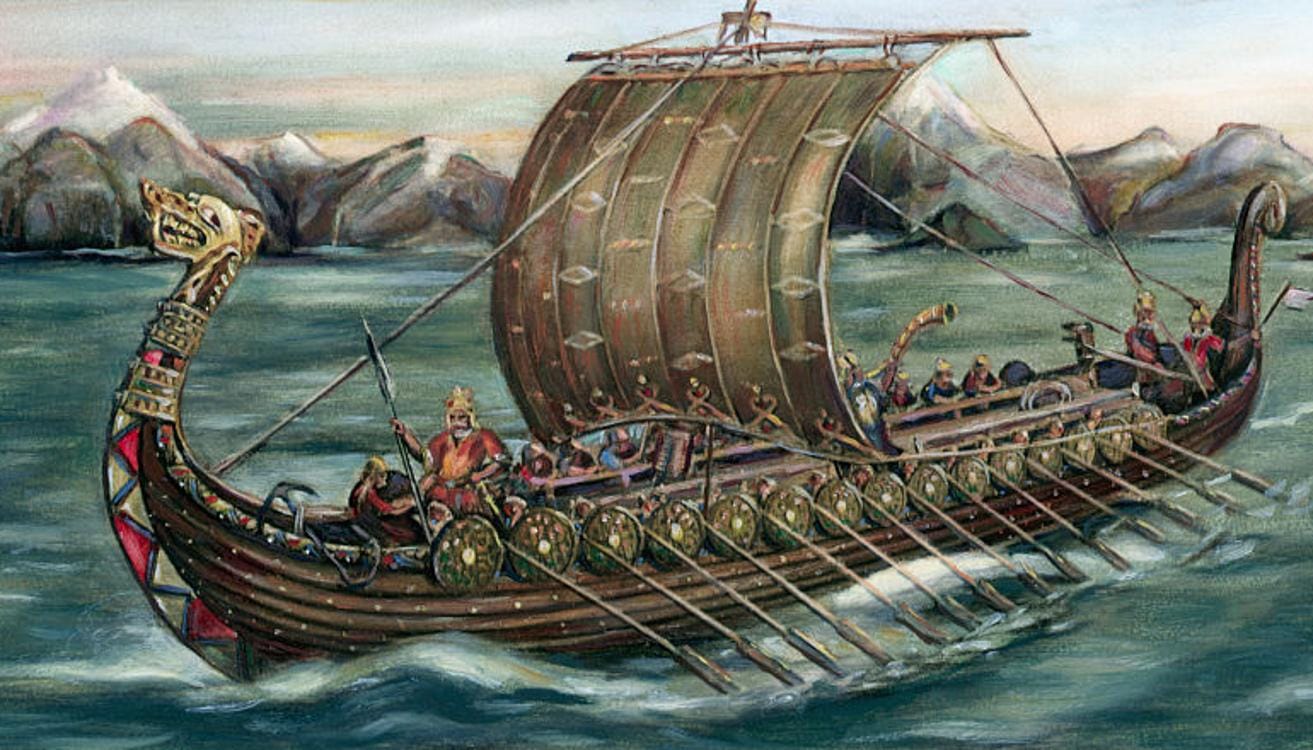
Source: Bettmann/Getty Images
However, contrary to popular belief, the word Viking doesn’t actually define an ethnicity. Instead, it loosely translates to ‘raider’ and is used in modern times only to denote the occupation of a Norseman as a seafarer.
They Raided Far and Wide
The Vikings are known for their extensive ventures, with some reaching as far as Egypt and others leaving a presence in North America.

Source: Inverse
In addition, it’s thought that they traveled extensively in and around the areas of the Baltic and Black Seas. One recent excavation has shed light on the Viking presence around these locations.
Recent Discovery in Estonia
A team of researchers came across an unusual discovery in the rural municipality of Viru-Nigula in northern Estonia that confirmed a Viking presence in the area.
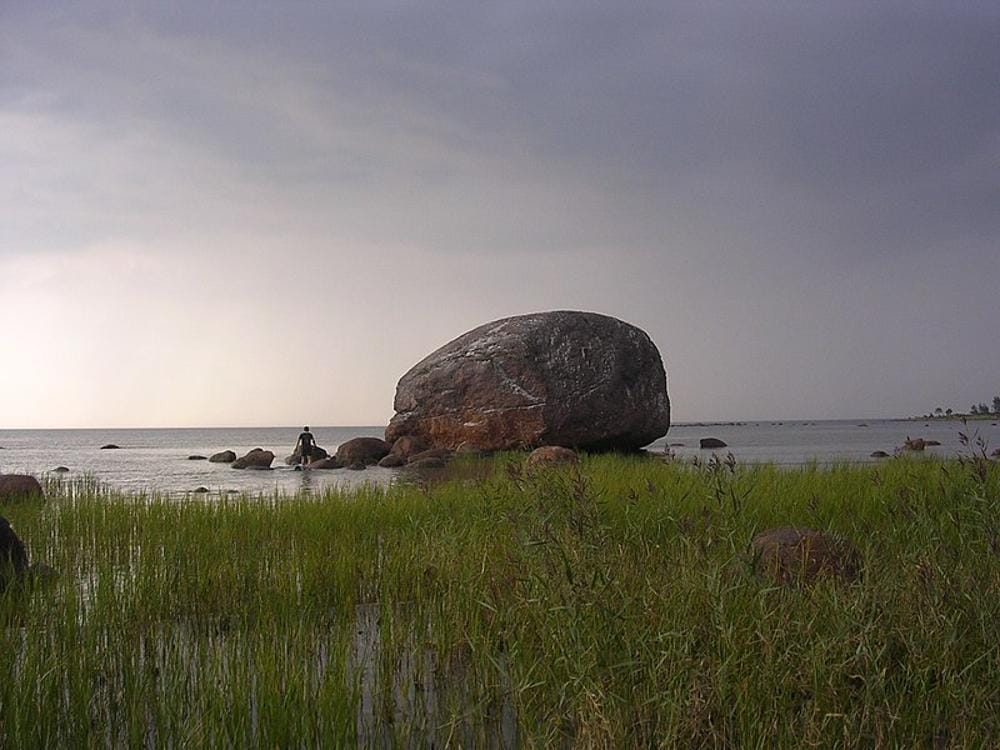
Source: Aulo Aasmaa/Wikipedia
At the site in Viru-Nigula, the archaeologists uncovered a cache of items that may suggest the Vikings may have had a settlement in the region.
Routine Road Work Turns Into Viking Era Find
The archaeological dig at Viru-Nigula was organized ahead of road work that was set to run through the area.
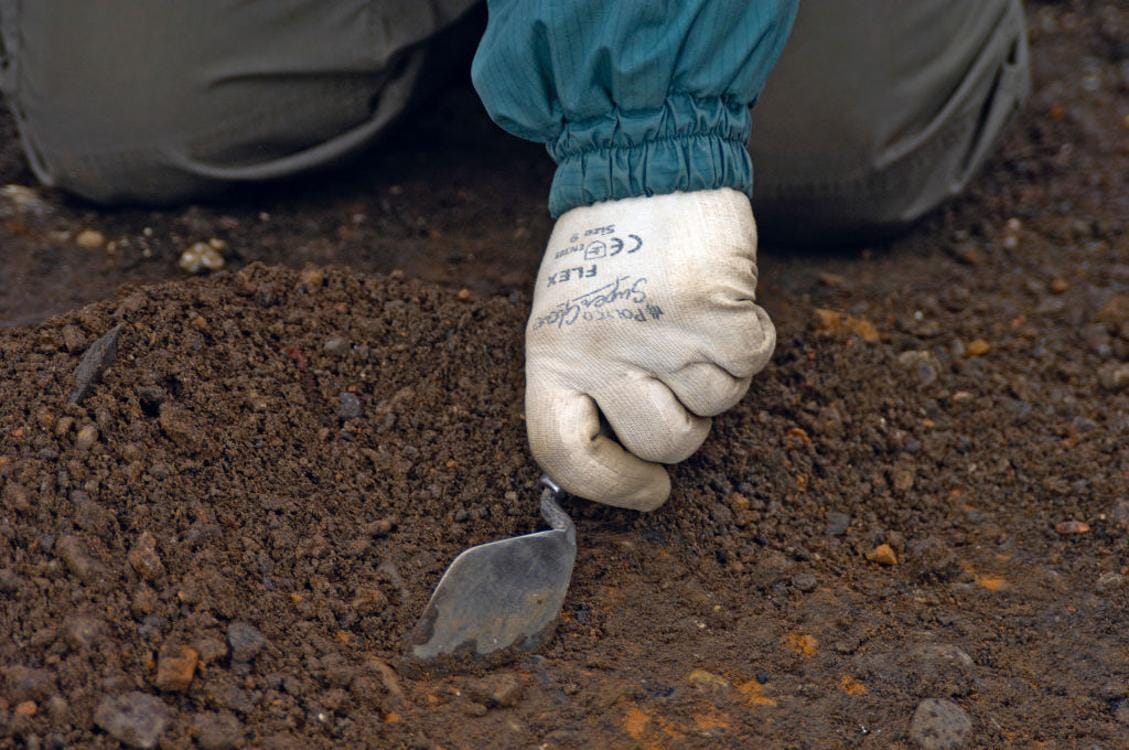
Source: Construction/Photography/Avalon/Getty Images
Archaeologists would soon discover that the cemetery and church of Viru-Nigula were constructed upon the foundations of an earlier settlement that researchers deem Viking in origin.
What Did the Archaeologists Find?
As the archaeologists continued to work at the site, they uncovered various items of interest that have shed light on the Viking-era settlement.
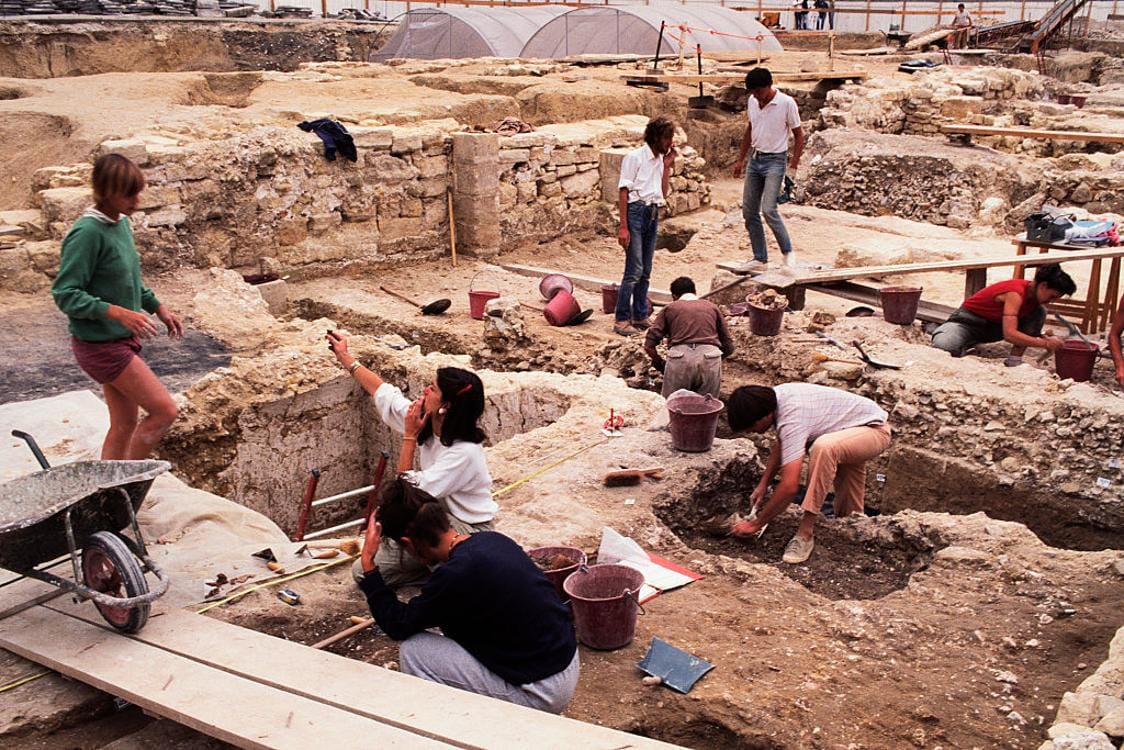
Source: PascalParrot/Getty Images
This included pottery shards, nails, and plenty of animal bones, including those of fish and birds. One of the researchers working at the site, Martin Malve, said, “The material is very rich.”
The Opinion of the Archaeologist
Malve believes the archaeological finds could help researchers better understand the Viking presence in Estonia.
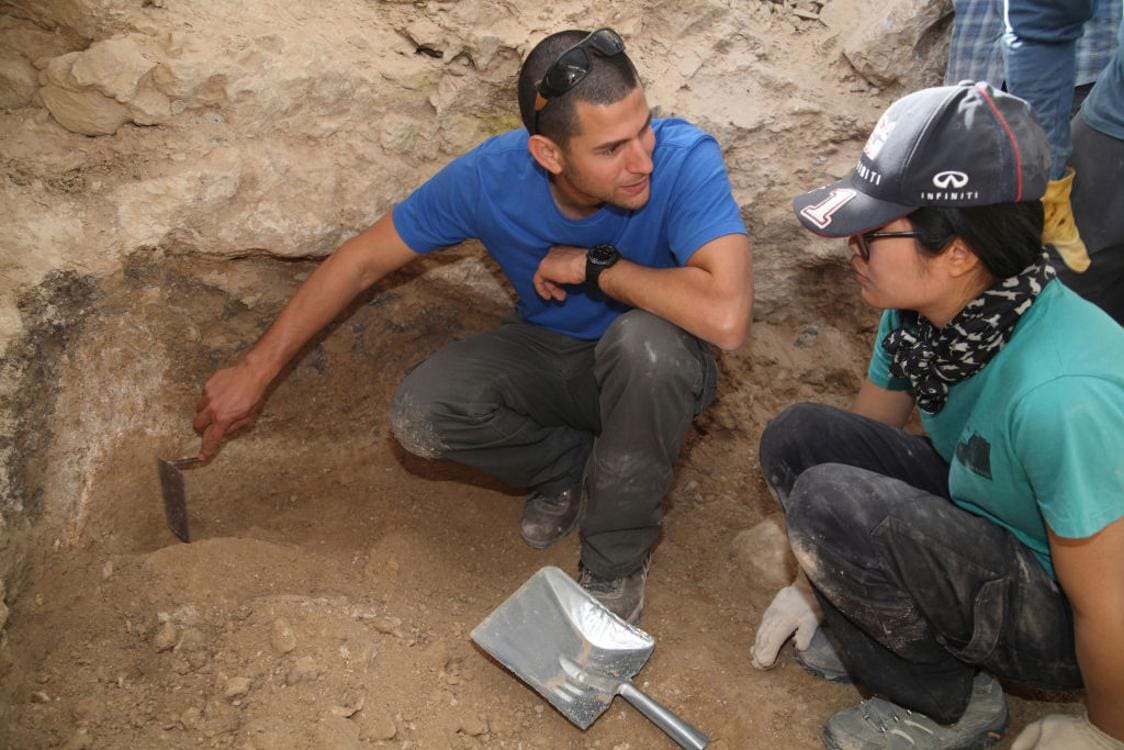
Source: DanPorges/Getty Images
He said, “We can learn what people ate and which utensils they used. We are also taking soil samples from here, in which we are trying to get plant residue, which should provide us with information about their agricultural practices.”
The Discovery of 11 Skeletons
In addition to discovering the Viking-era settlement, the archaeologists came across another shocking surprise as they continued to work at the site.
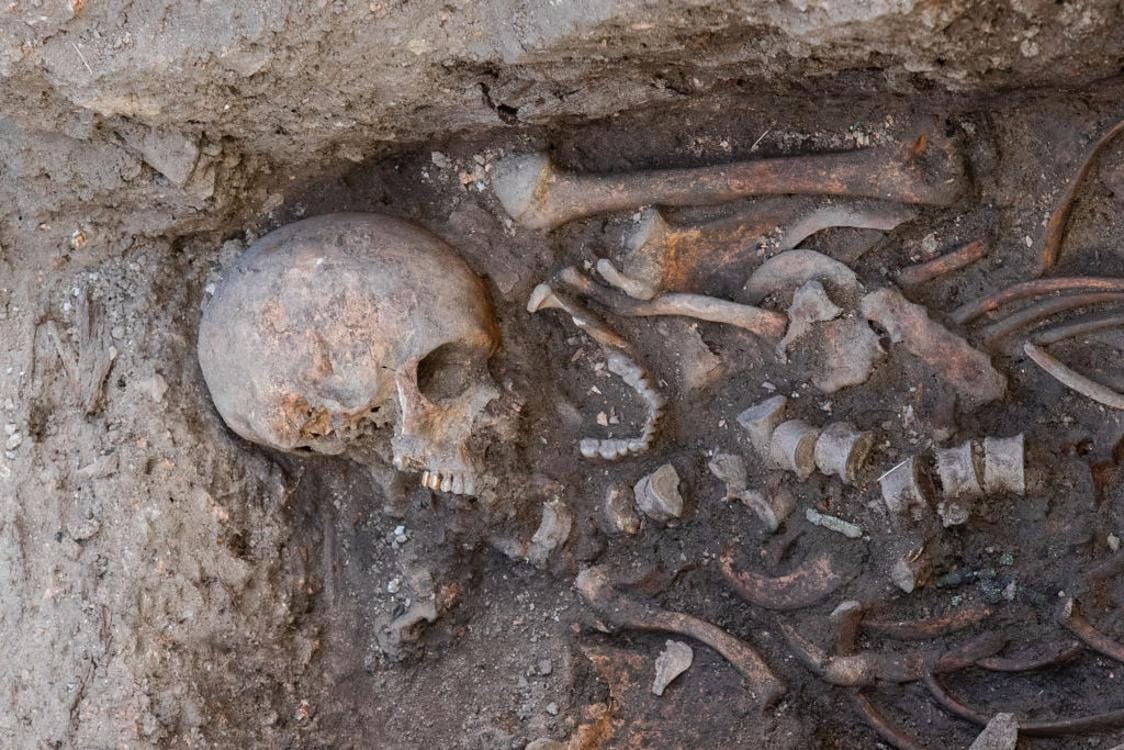
Source: Aldara Zarraoa/Getty Images
11 human skeletons were discovered within the vicinity of the church wall. The human remains date to a later period, and it’s possible four of them were once buried in a common grave.
Getting to the Bottom of the Discovery
According to researchers, the skeletons were roughly dated from anywhere between the 16th and 18th centuries, but possibly even later.
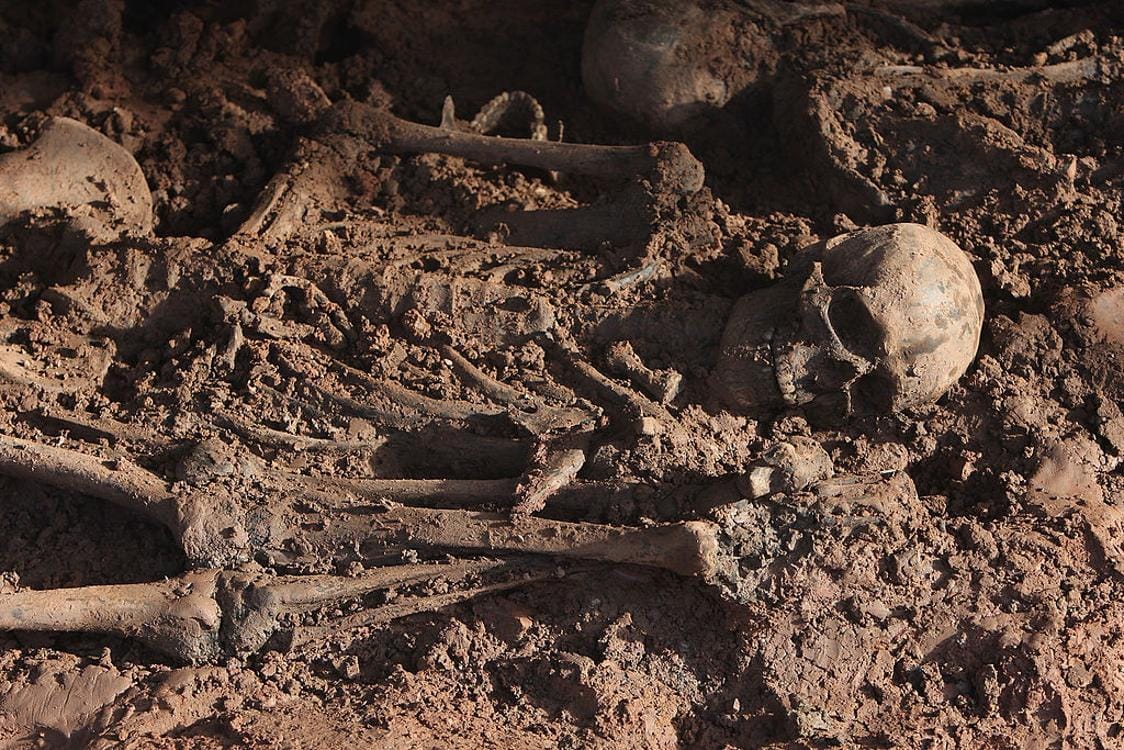
Source: Sean Gallup/Getty Images
The remains provided a lot of insight into the lives of the people who were buried here. Evidence will eventually provide researchers with injuries, illnesses, and how both were treated during the post-medieval period.
Exciting Revelations
Malve broke down the discovery of the skeletons and how it could shed light on human life during this period.
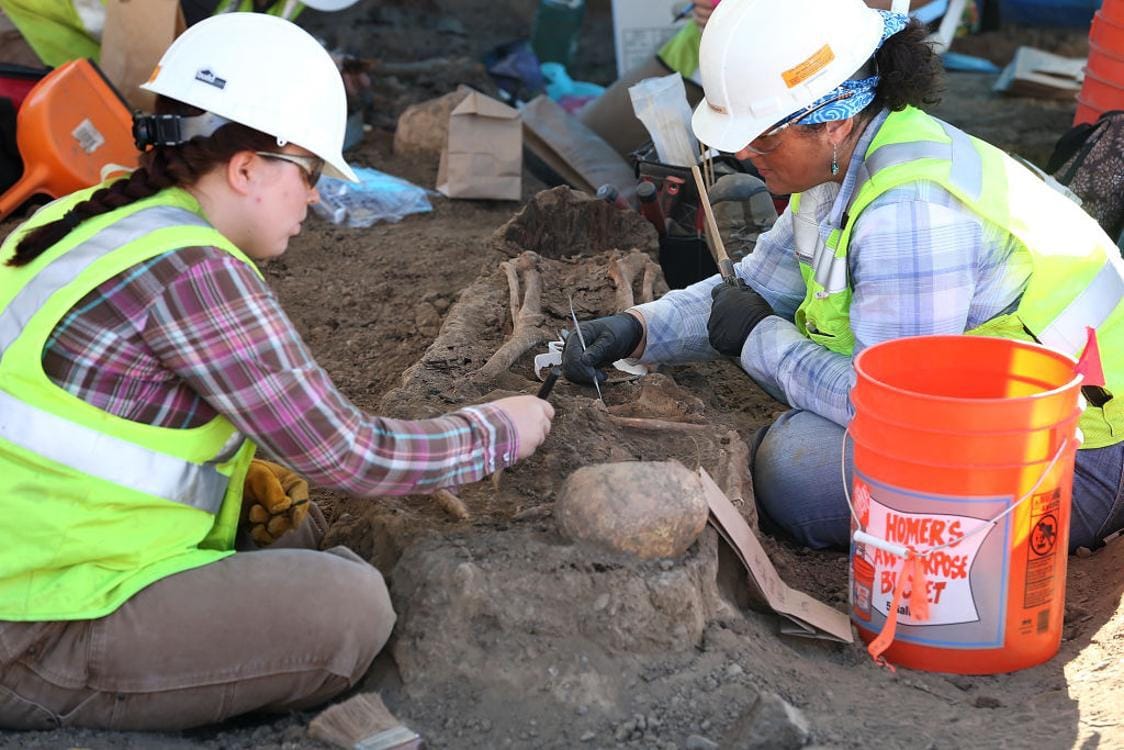
Source: Justin Sullivan/Getty Images
He said, “There are a number of interesting pathologies, bone fractures, and injuries, which are interesting to observe in my line of work. “One [skeleton] has a fracture of the femur, for example. It will be interesting to see how that person dealt with it. Clearly, someone had to care for and treat them.”
The Archaeologists’ Perspective
Malve continued, “There’s a perception about these types of severe fractures that people at that time didn’t survive them, but in fact, they did manage to cope with them.”

Source: Handout/Getty Images
In simple terms, Malve is trying to explain that even though there were no hospitals, the people of the era still had the capability to treat such injuries.
There’s More to Discover
While the archaeological work completed in Estonia has highlighted two exciting time periods of human history, researchers believe there is a lot more to be discovered.
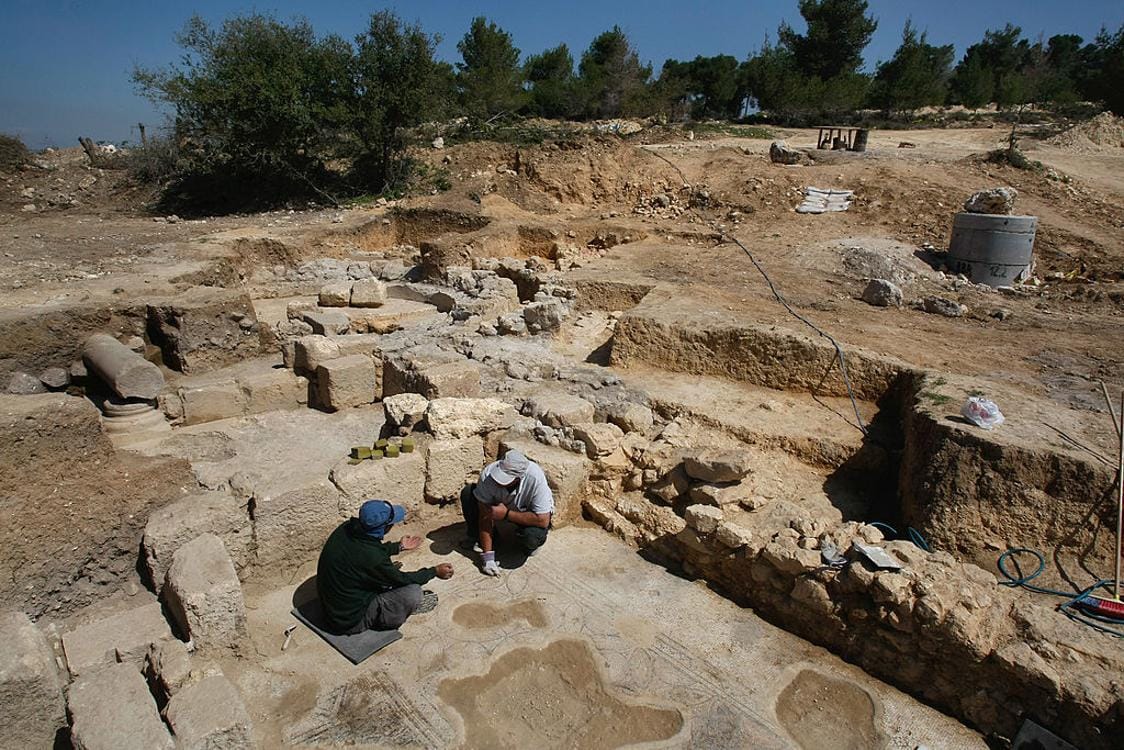
Source: David Silverman/Getty Images
One researcher claims other Viking-era settlements could be discovered in the area. If so, this would bring about a deeper understanding of the Scandinavian seafarers and what attracted them to specific areas. As it stands, there is more work to be done.
